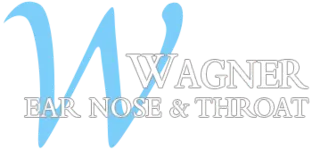The most common chronic medical condition of the nasal passages is rhinosinusitis, or sinusitis, as it is more commonly known. Sinusitis is an ongoing inflammation of the nasal cavities which lie on either side of the nose. Symptoms include nasal congestion, a decreased sense of smell, a greenish-yellow discharge and pain. A post-nasal drip, cough and fever may also be present. These symptoms can often be relieved with medication. However, if the patient’s condition doesn’t improve, surgery to widen the openings of the sinus cavities is usually recommended. This allows for easier drainage of mucus and better airflow through the nasal passages.
Nowadays this type of surgery is more commonly performed using an instrument called an endoscope. An endoscope is a long, thin rod or flexible tube, which is inserted into the nose and sinus cavities. The endoscope contains a small camera which allows the surgeon to view the nasal passages and to use small, specialized surgical instruments.
Apart from providing relief from sinusitis, endoscopic sinus surgery can also be used for the following:
- Repair of a deviated septum (crooked nasal bone)
- Removal of nasal polyps
- Reduction of the turbinates that line the nasal passages
- Orbital decompression (around one or both eyes)
- Tear duct surgery to clear a blocked tear duct.
- Repair of cerebrospinal fluid (CSF) leaks
Surgery typically takes two to four hours and, depending on the circumstances, the patient is placed under local or general anesthetic. Endoscopic surgery offers a more comfortable post-operative period. Whilst the patient still experiences a certain amount of pain and discomfort, the surgery is far less traumatic than it was many years ago, when incisions had to be made in the face and inside the mouth. The pain experienced is usually not severe and is easily controlled by the prescription of pain medication. There may be some bruising and swelling around the eyes after surgery, but this doesn’t often occur. As with all forms of surgery, there are risks involved, but these are minimal and easily managed.
Post-operative care includes taking the antibiotics and painkillers prescribed by the surgeon, avoiding any strenuous activity for about a week and keeping the nasal passages moist. There will be some bleeding but this is light and easy to control. The surgeon will also schedule a follow-up consultations during which he will remove any dressings and assess the patient’s progress.
